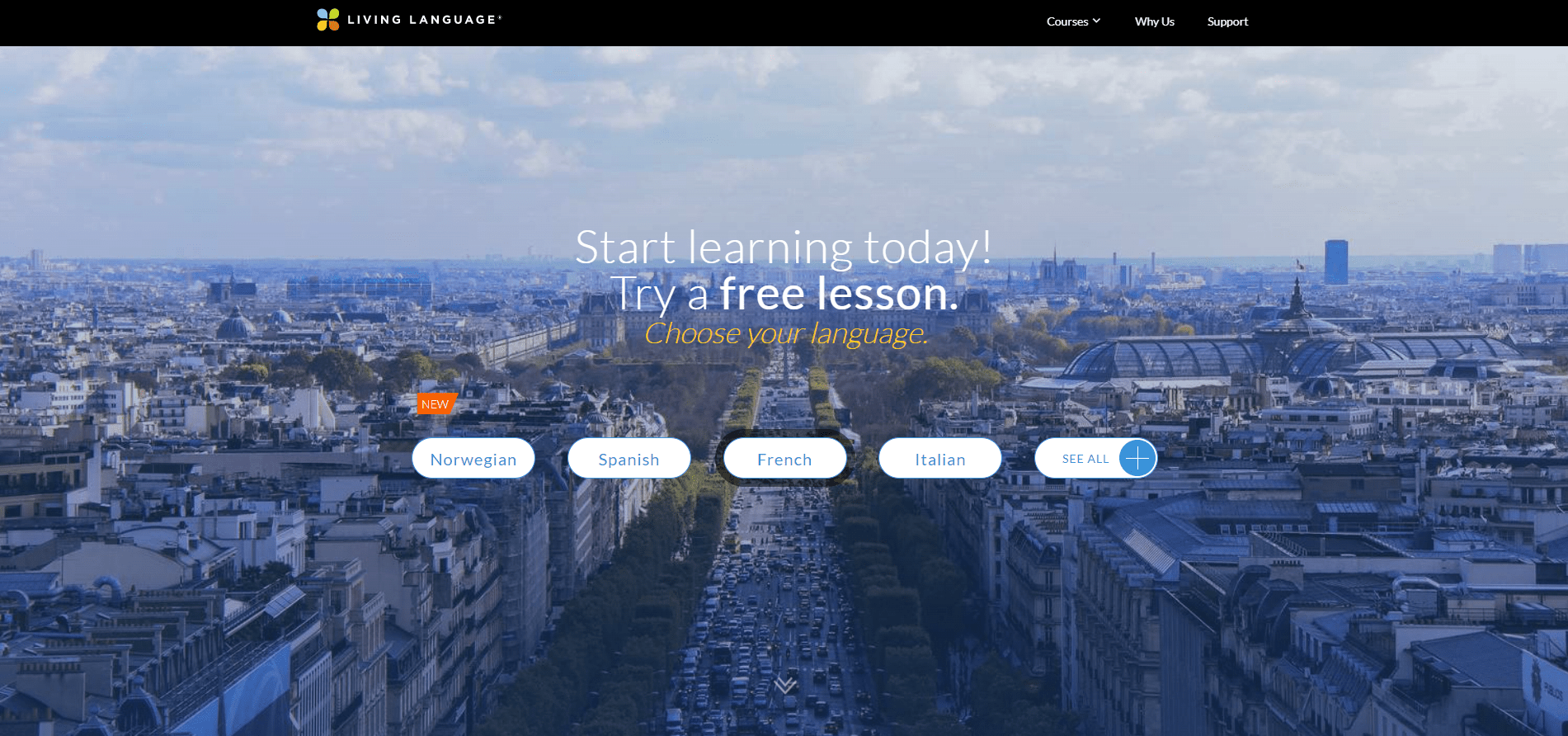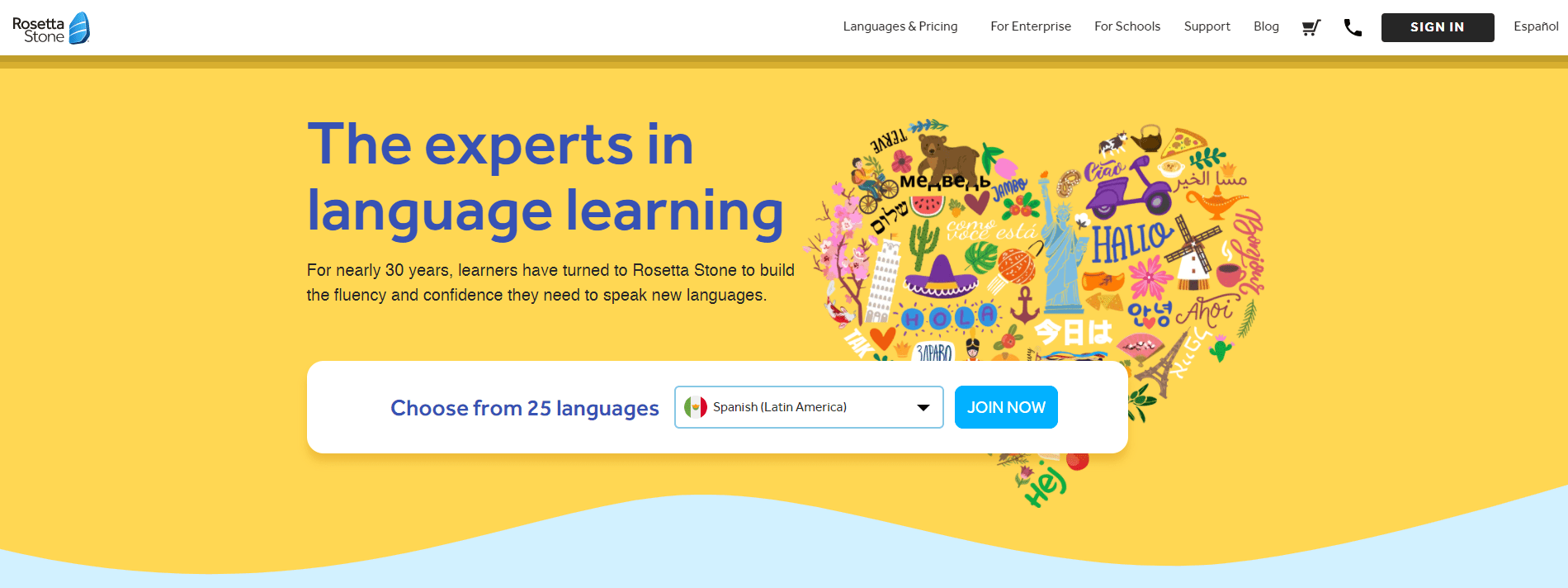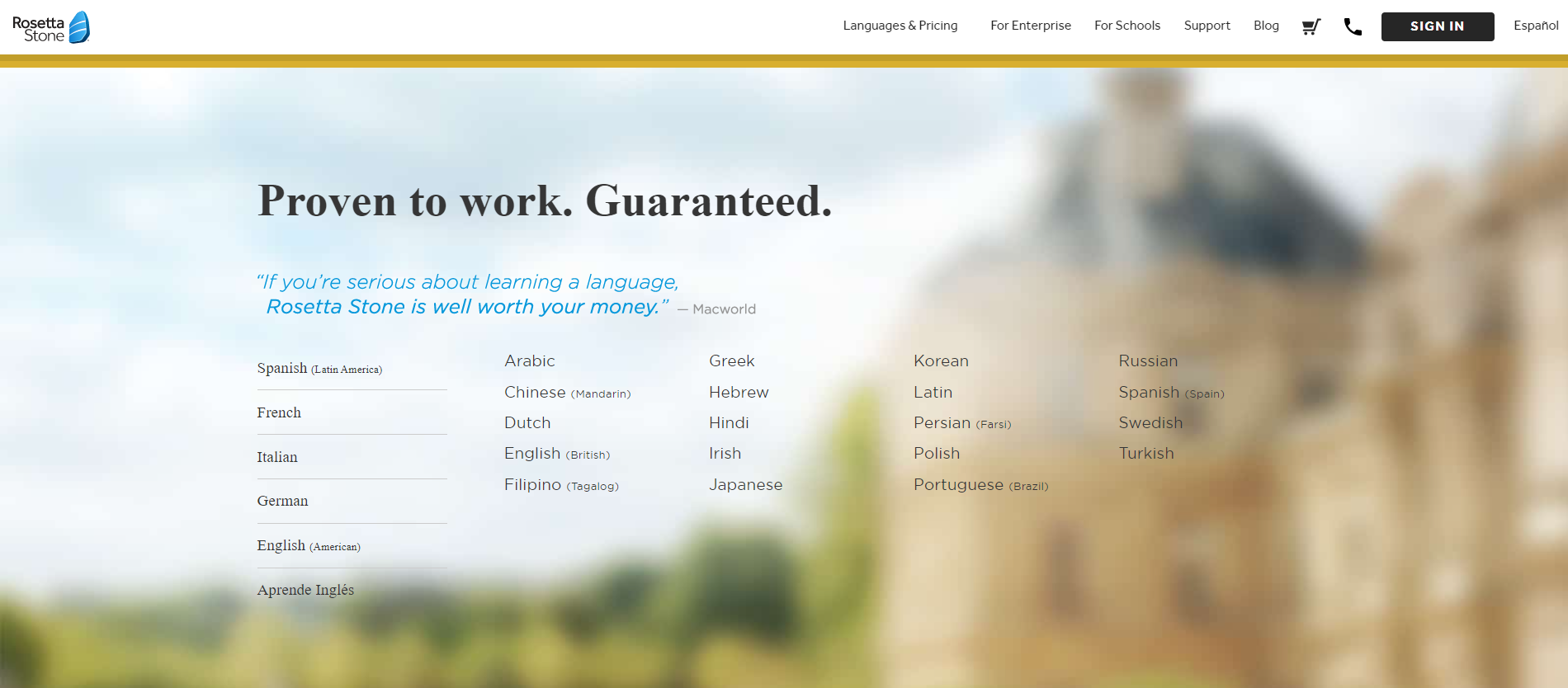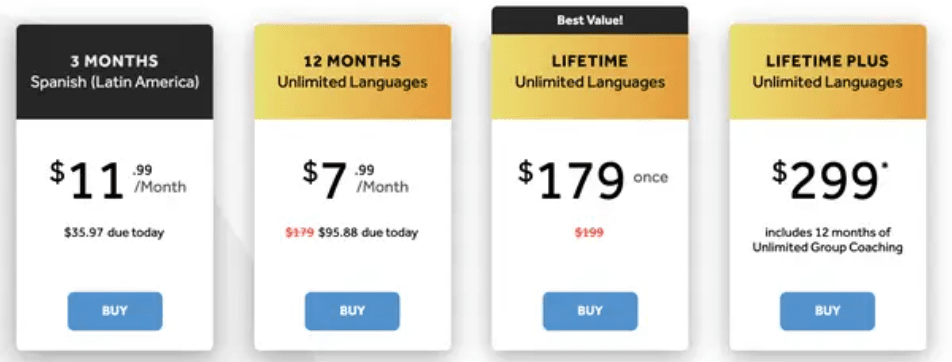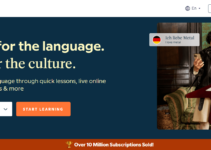In this post, we are going to give you complete details of Living Language vs Rosetta Stone, stay tuned.
People who want a major change in their life would benefit from learning a new language, as we all know.
The most famous and first language learning programs are Living Language and Rosetta Stone. Both programs still use audio CDs and books as learning tools, even as technology develops.
In this article, we’ll compare Living Language vs Rosetta Stone both of them in depth to figure out which is better.
Living Language vs Rosetta Stone: Overview
If you’re looking for information on Living Language vs Rosetta Stone, we’ve included all you need to know in this post to help you make an informed decision.
What Is Living Language?
A language learning program called Living Language was founded in 1946. At first, it published textbooks for self-study, but now it also offers CD audios and online language learning courses, all rights reserved by Penguin Random House.
The long years that Living Language has been in the market for many generations makes it stand out. There is also a Language Lab on the Living Stone website, as well as limited-time courses that have a three-month validity, such as Passport.
There is also an English as a Second Language program offered by Living Language. As well as Dothraki (from Game of Thrones), Living Language offers American sign language (ASL).
You can currently take advantage of a one-time 20% discount by signing up for Living Language’s newsletter. The online course requirements of Living Language are met.
In addition to Windows or Mac-based computers, it includes a modern browser (such as Firefox, Chrome, Safari, or Internet Explorer 11), and audio playback capabilities. Broadband Internet access is often recommended.
Pros
- Easy-to-use for beginners
- Provide short courses
- Resources are available for free
- There are 28 languages available
Cons
- Lessons with flashcards are too tedious.
- Apps for mobile devices are not available.
What Is Rosetta Stone?
Similarly, Rosetta Stone was one of the first language learning software companies on the market. The company was founded in 1992 by Allen Stoltzfus and was initially known as Fairfield Language Technologies.
Students are not able to access Live-tutoring through Rosetta Stones. Furthermore, Rosetta Stone offers a three-day free trial of one of their languages so that you can see what’s inside.
Moreover, Rosetta Stone has an exclusive Spanish version of its official website, Rosetta Stone for Spanish.
A 30-day money back guarantee is offered by Rosetta Stone for software purchased directly from the company. It offers three different plans at the moment. For a limited time, annual and lifetime subscriptions are on sale for full access to all languages.
Living Language and Rosetta Stone both follow minimum requirements for their online courses. You will need a desktop or a laptop with Windows 7 and Mac OS X 10.9 or higher.
With the Adobe Player, it works on any web browser which has the latest version. High-speed internet is also required.
Pros:
- Easy-to-learn for beginners
- Your tutor will be a native speaker.
- Apps and websites with substantial user interfaces
- Engaging content such as games, short stories, etc.
Cons:
- A bit pricey in comparison with other competitors
- Occasionally monotonous
Living Language vs Rosetta Stone: Language Catalog
With Living Stone’s online programs, English speakers can learn up to 61 languages.
ASL, Arabic, Dothraki, Dutch, English for Spanish, Mandarin, Japanese, Korean, Arabic and Russian are among the comprehensive courses offered. As these only use books and audio CDs, the Essential and Complete editions cannot be purchased online.
Living Language offers four business language courses, 10 languages for Passport courses, and three language courses for travelers based on the amount of commitment people wish to make.
Those in law enforcement, librarians, and healthcare can also take the On the Job course that combines ASL and Spanish. There is also a flashcards-only course that takes 36 minutes to complete.
There are currently 25 languages available in Rosetta Stone. However, not all are available on every platform. Subscribers to consumer-type plans will not be able to access Dari, Indonesian, Pashto, or Swahili.
The Living Language app has my vote because you can select from a variety of languages. The program allowed you to learn English as your second language, even if you were not a native English speaker.
Additionally, it offered an online course in American Sign Language (ASL). You can also take short courses to become more conversational.
Living Language vs Rosetta Stone: Price & Program
Living Language vs Rosetta Stone both offer a variety of subscription plans that will suit our needs. However, the prices vary from one subscription plan to another.
So, Living Language offers four subscription plans (except for American Sign Language in which there is not a monthly plan): a one-month plan costs $39, a three-month plan costs $50, a six-month plan costs $75, and it costs $150 for a one-year plan.
A beginner would benefit from taking this course since it can teach them how to become advanced speakers. The course has three levels, and there are 46 lessons.
The other special series of Living Language is also available for $60 for three months. In addition, a three-month subscription for Passport is also available for $50 (individual) or $75 (learn with a friend).
Its flashcard-based language programs cost $15 per month, $30 per three-month period, and $50 per semi-annual period. Monthly, three-monthly, and semiannually are available for on-the-job training, but the prices differ.
Living Language provides a free lesson to those who are interested in trying out the program first.
Even if this is just a limited preview, at least it will show you what a language learning program looks like. The Language Lab is another great aspect of Living Language, in that anyone can use it.
However, Rosetta Stones is offering special offers: 3 months for $35.97 (retail price), 1 year for $95.88 ($179 retail price), and lifetime subscriptions for $199 ($299 retail price).
Subscriptions that expire will automatically be renewed at full retail price. Online tutoring is also available through Rosetta Stone. A class will cost you between $14 and $19.
For $99 and up, Rosetta Stone offers either a three- or five-work payment plan. While Living Language is available for both iOS and Android mobile devices, Rosetta Stone is only available through mobile apps.
Language learning programs can also be accessed offline, in any location, at any time. Rosetta Stones wins over Living Language in terms of price and features.
Living Language’s one-month subscription costs $39, where Rosetta Stone’s three-month subscription costs $35.97? Wow, that’s a big price difference.
Rosetta Stone also offers a 20% discount on average, according to something I read. Offline access is also included with the subscriptions.
Quick Links:
The Verdict: Living Language vs Rosetta Stone
My thoughts on Living Language vs Rosetta Stone. Both of them are suitable for beginners. There are differences between these two in terms of the method, the features, the variety of languages offered, and the pricing.
Therefore, if I were to choose between Living Language vs Rosetta Stone, I would choose Rosetta Stone.
It has been around for more than 70 years, but I love how Rosetta Stone is adapting its programs to new technologies. It is also flexible and includes explanations to help students learn the language in a better way.
Ultimately, choosing the right platform for language learning is all a matter of your preferences and learning style.
